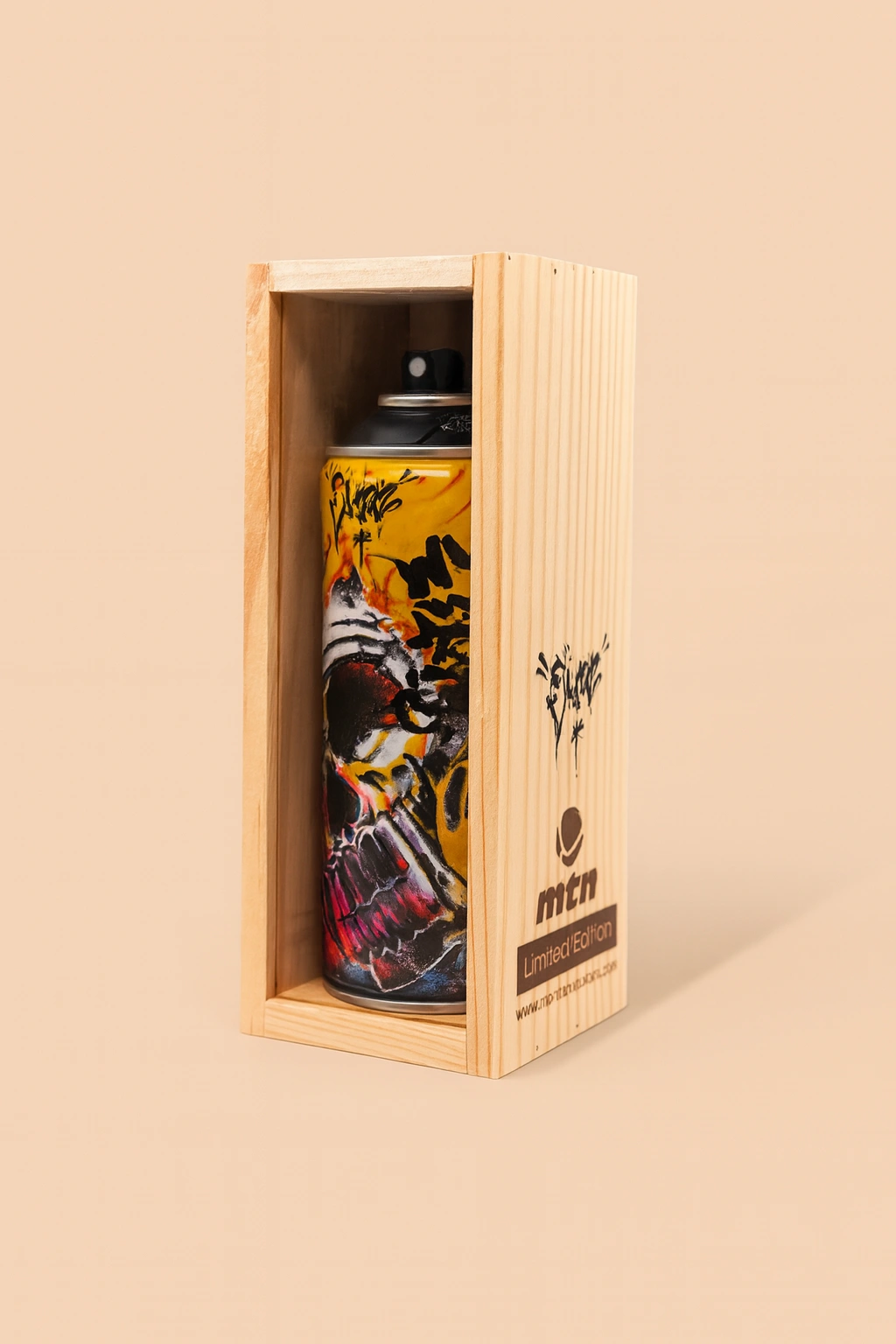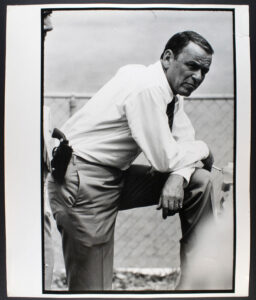Édouard Manet’s “The Rue Mosnier with Flags” is one of the most significant works of art in the collection of the J. Paul Getty Museum in Los Angeles. Painted in 1878, the work captures a moment of profound social, political, and cultural transformation in France. This piece stands out not only for its vibrant depiction of flags lining a street but also for its layered representation of Paris in the aftermath of the Franco-Prussian War. Through its compositional choices, use of color, and subtle social commentary, Manet offers a vivid snapshot of post-war Paris while reflecting on the complexities of national identity, urban life, and modernity.
Manet’s Historical and Artistic Context
By 1878, Édouard Manet was already a central figure in the Parisian art world, known for his role in the development of modern art. Manet’s work often bridged the gap between traditional academic painting and the emerging styles of Impressionism, and *The Rue Mosnier with Flags* is an excellent example of how the artist balanced formal technique with innovative approaches to subject matter.
The painting was created during a time of both recovery and celebration in France. In 1870-71, France had suffered a devastating defeat in the Franco-Prussian War, which culminated in the Siege of Paris. The war led to the collapse of the Second Empire and the establishment of the French Third Republic. Paris, which had experienced significant destruction, was in the process of being rebuilt both physically and psychologically.
The year 1878 was particularly notable because it marked the Exposition Universelle, a world’s fair held in Paris to showcase the country’s recovery and its aspirations for the future. The exposition also symbolized a reinvigoration of French national pride after the humiliation of war. Streets like the Rue Mosnier, now known as Rue de Berne, were decorated with flags in honor of the national celebration.
Manet was deeply aware of these socio-political currents, and his painting reflects the complex emotions of the time: pride in France’s recovery and national identity, juxtaposed with the realities of modernization and the social divisions that continued to persist.
Visual Composition and Symbolism in “The Rue Mosnier with Flags”
At first glance, “The Rue Mosnier with Flags” is a joyous image of celebration, with the French tricolor flags prominently displayed along the street, lending the painting an air of festivity and patriotism. However, Manet’s compositional choices suggest that the painting holds deeper layers of meaning beyond its surface depiction of a national celebration.
The scene captures the Rue Mosnier on a sunny day, with pedestrians, a horse-drawn carriage, and a man with a cane all moving along the street. The flags, which line both sides of the street, create a sense of depth and perspective, drawing the viewer’s eye into the distance. The flags also serve as a unifying motif, linking the disparate elements of the painting and emphasizing the nationalistic fervor of the moment.
However, Manet subtly subverts the celebratory tone by introducing elements of urban realism. In the foreground, a one-legged man on crutches limps along the street, contrasting sharply with the bright flags and the bustling street scene around him. This figure is widely interpreted as a reference to the veterans of the Franco-Prussian War, many of whom were left physically and emotionally scarred by the conflict. The image of the crippled veteran serves as a poignant reminder of the human cost of war, injecting a note of sobriety into an otherwise festive scene.
The juxtaposition of this wounded figure with the flags of celebration creates a powerful tension in the painting. On the one hand, the flags represent national unity and pride, but on the other, the disabled veteran serves as a reminder of the physical and psychological wounds that linger beneath the surface of nationalistic fervor. This contrast is emblematic of Manet’s ability to capture the complexities of modern life, blending elements of optimism and melancholy in a single composition.
Urban Modernity and the Transformation of Paris
Manet was also deeply interested in the changes taking place in Paris during the latter half of the 19th century, particularly the city’s rapid modernization under Baron Haussmann. Haussmann’s massive urban renewal project, which transformed Paris from a medieval city of narrow, winding streets into a modern metropolis with wide boulevards, parks, and new infrastructure, had a profound impact on artists like Manet.
“The Rue Mosnier with Flags” reflects Manet’s fascination with urban life and the new, modernized Paris. The wide street, the orderly rows of flags, and the bustling activity all speak to the sense of progress and modernization that defined the city in the late 19th century. At the same time, the painting also hints at the displacement and social upheaval that accompanied these changes.
The Rue Mosnier itself was one of the streets affected by Haussmann’s renovation of the city, and Manet’s depiction of it is imbued with a sense of both admiration and critique. On the one hand, the flags and the clean, wide street symbolize the pride and optimism associated with a modern, revitalized Paris. On the other hand, the presence of the war veteran on crutches underscores the fact that not everyone benefited equally from this modernization. The veteran’s presence suggests that while Paris may have been transformed physically, the social and economic divisions that characterized the city before Haussmann’s renovations remained.
In this sense, “The Rue Mosnier with Flags” can be seen as a meditation on the costs of progress. Manet presents a scene that celebrates modernity and national pride but also calls attention to the individuals left behind by these sweeping changes.
Manet’s Use of Color and Light
One of the most striking aspects of “The Rue Mosnier with Flags” is Manet’s use of color and light, which contributes to both the vibrancy and the complexity of the painting. The flags, with their bright reds, whites, and blues, dominate the composition and create a sense of movement and festivity. The repetition of the tricolor throughout the painting reinforces the nationalistic theme, but it also serves as a reminder of the omnipresence of the state in the everyday life of Parisians.
Manet’s use of light is equally significant. The painting is bathed in sunlight, which casts sharp shadows on the street and creates a sense of realism and immediacy. The light also enhances the contrast between the celebratory atmosphere suggested by the flags and the more somber tone introduced by the figure of the war veteran. The way the sunlight plays across the scene, illuminating the flags but casting the veteran partly in shadow, reinforces the tension between celebration and suffering that runs throughout the painting.
In terms of technique, Manet’s handling of paint in “The Rue Mosnier with Flags” reflects his position as a transitional figure between the Realist and Impressionist movements. While the overall composition is clear and precise, Manet’s brushwork is loose and spontaneous, particularly in the depiction of the flags and the figures in the background. This blend of realism and impressionism allows Manet to capture both the specific details of the scene and the fleeting, ephemeral qualities of light and atmosphere.
Symbolism and Social Commentary
“The Rue Mosnier with Flags” is a painting rich in symbolism, much of which is tied to the socio-political context of France in the late 19th century. The flags, which dominate the composition, are not just decorative elements; they are symbols of the French Republic and the sense of national pride that was being actively cultivated in the wake of the Franco-Prussian War. The fact that the street is lined with these flags suggests a city—and a nation—that is trying to project an image of unity, strength, and recovery.
At the same time, Manet uses the figure of the wounded veteran to complicate this narrative. The veteran represents the human cost of war and the lingering trauma that continued to affect many in France long after the fighting had ended. His presence in the painting can be seen as a critique of the superficiality of national celebrations that fail to address the deeper wounds of society.
Furthermore, the fact that the veteran is depicted as isolated and marginalized within the composition—limping along the side of the street while the rest of the scene bustles with activity—speaks to the way in which certain segments of the population were left out of the narrative of progress and modernization that was being promoted by the government.
This duality is a hallmark of Manet’s work. He often depicted scenes of modern life that, on the surface, appear celebratory or idyllic but are imbued with subtle critiques of the social and political realities of the time. In “The Rue Mosnier with Flags”, the juxtaposition of the bright, festive flags and the wounded veteran serves as a reminder that progress and celebration often come at a cost, and that the scars of war and social inequality cannot be easily erased.
The Legacy of “The Rue Mosnier with Flags”
Édouard Manet’s “The Rue Mosnier with Flags” is a masterpiece of 19th-century painting that continues to resonate with viewers today. Its layered composition, vibrant use of color and light, and subtle social commentary make it a work that speaks to both the specific historical context of post-war France and the broader themes of nationalism, modernization, and the human cost of progress.
As part of the Getty Museum’s collection, “The Rue Mosnier with Flags” remains an important example of Manet’s ability to capture the complexities of modern life. Through his depiction of a single street in Paris, Manet offers a meditation on the contradictions of national pride, the impact of war, and the social divisions that characterized urban life in the late 19th century.
Ultimately, the painting reflects Manet’s unique vision as an artist who was deeply engaged with the world around him. By blending realism with elements of Impressionism and symbolism, Manet created a work that is both visually stunning and intellectually challenging, inviting viewers to reflect on the many layers of meaning embedded within the scene. “The Rue Mosnier with Flags” is not just a snapshot of a moment in time; it is a powerful commentary on the complexities of modernity and the human condition.
No comments yet.








